1967 was an interesting year for Bob Dylan. Two years past his infamous transition to electric at the 1965 Newport Folk Festival and riding high on the successes of the albums Bringing It All Back Home, Highway 61 Revisited, and Blonde on Blonde, a motorcycle crash still shrouded in mystery to this day prompted Dylan to remove himself from the public eye altogether. Instead of touring, Dylan stayed close to home, collaborating heavily with members of The Band at their home in West Saugerties, New York. (What would later become, after several unofficial bootleg releases, The Basement Tapes).
Videos by American Songwriter
Interestingly, Dylan’s public hiatus coincided with a return to the traditional acoustic music on which he originally built his career. The folk ballads and sacred texts he did away with were making their way back into Dylan’s lexicon. He compiled many of these acoustic offerings into the album John Wesley Harding, which he recorded in the fall of 1967. On November 6, 1967, Dylan tracked several songs on the album: “All Along the Watchtower”, “I Am a Lonesome Hobo”, “I Pity the Poor Immigrant”, “As I Went Out One Morning”, and the record’s title track, named after the American West outlaw John Wesley Hardin. Dylan’s added ‘G’ was a typo.
At a time when other artists akin to Dylan were leaning into a more rock-oriented and experiential sound, the songwriter’s return to the basics—particularly after his sudden departure from the public eye—was especially noteworthy. As he would later recount to Cameron Crowe, that was not necessarily Dylan’s intention.
Not Even Bob Dylan Knew What to Do With This 1967 Album
Only a handful of weeks separated the final recording sessions for John Wesley Harding and its late December release date—an unusually quick turnaround that reflected Bob Dylan’s shifting priorities. The motorcycle crash of 1966 and his growing family forced Dylan to reconsider how he was to navigate his increasingly overwhelming celebrity. By the time he was done tracking John Wesley Harding, he wanted to wash his hands of it, move on to the next thing, and not look back. The songwriter asked Columbia Records to release the album “with no publicity or hype.” He argued, “This was the season of hype,” and he wanted no part in it.
Aversions to fame aside, Dylan’s decision to release the album quickly and without fanfare was also because he didn’t know what else to do. “I didn’t know what to make of [John Wesley Harding],” Dylan later told writer Cameron Crowe. “I figured the best thing to do would be to put it out as quickly as possible, call it ‘John Wesley Harding’ because that was one song that I had no idea what it was about. Why it was even on the album. I figured I’d call attention to it. Make it something special. People have made a lot out of it, as if it was some sort of ink blot test or something. But it was never intended to be anything else but just a bunch of songs, really. Maybe it was better’n I thought.”
Even without the initial press in 1967, John Wesley Harding has become a beloved staple in Dylan’s expansive catalogue. (Thanks in no small part to Jimi Hendrix’s cover version of “All Along the Watchtower” the following year.) Indeed, maybe the album really was better than Dylan thought.
Photo by William Lovelace/Express/Getty Images


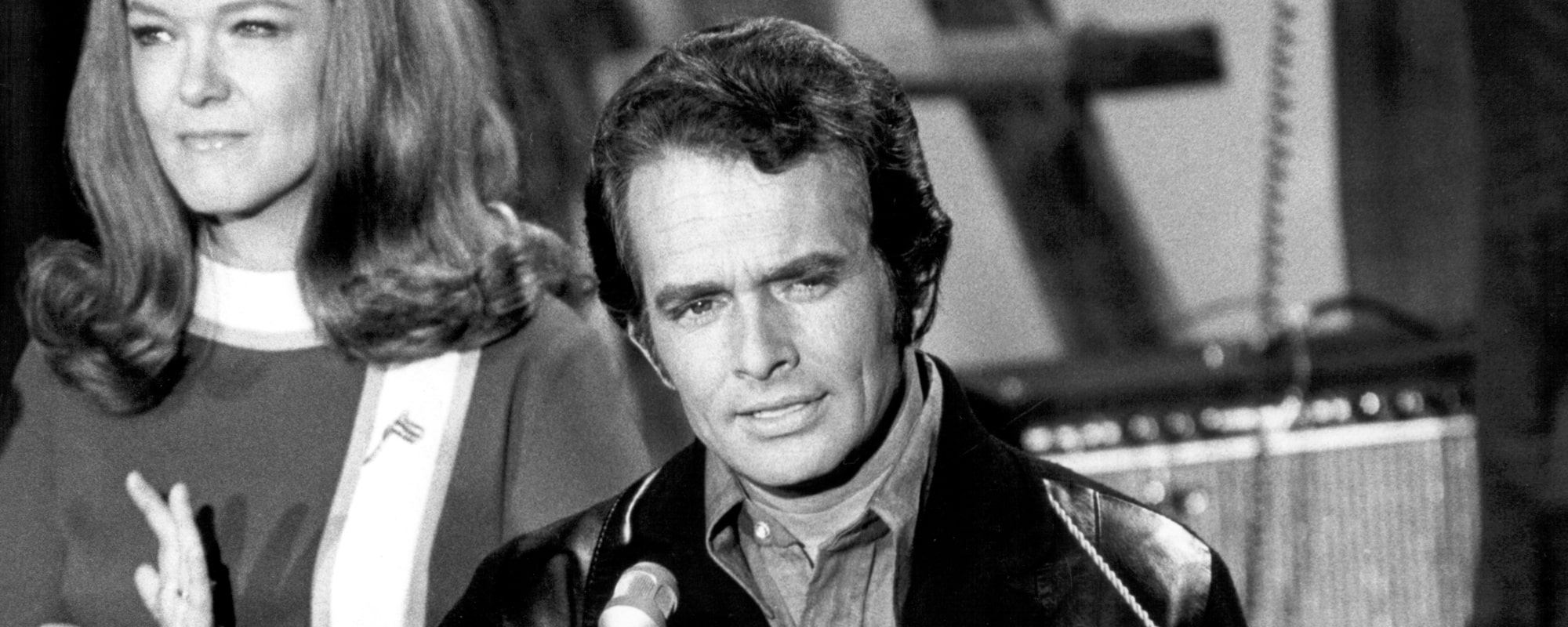
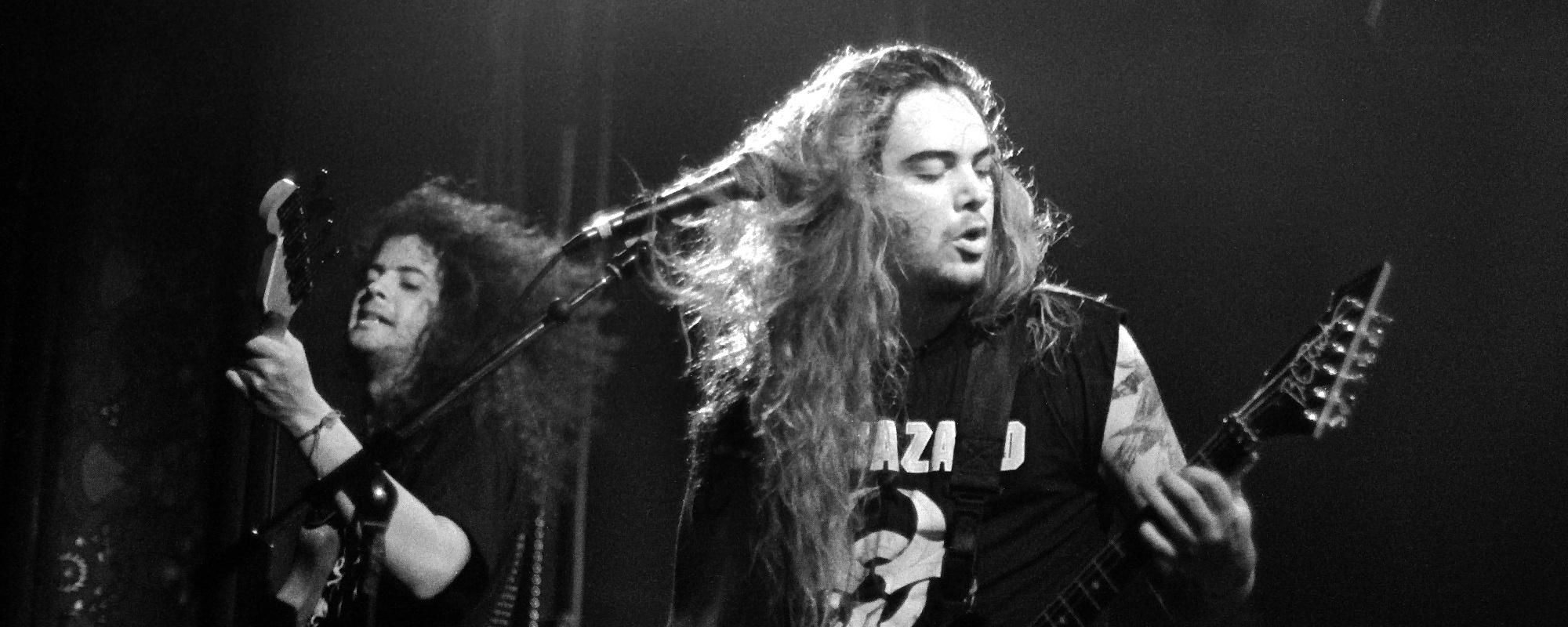

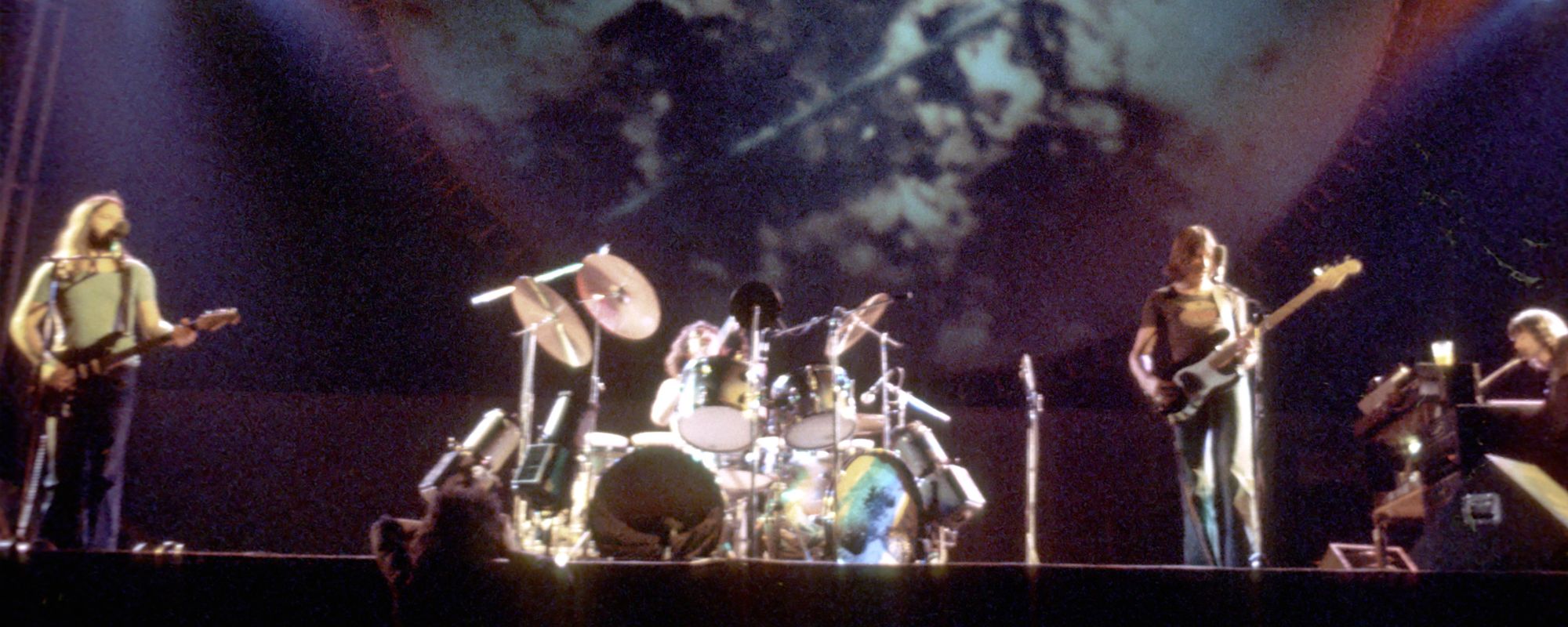
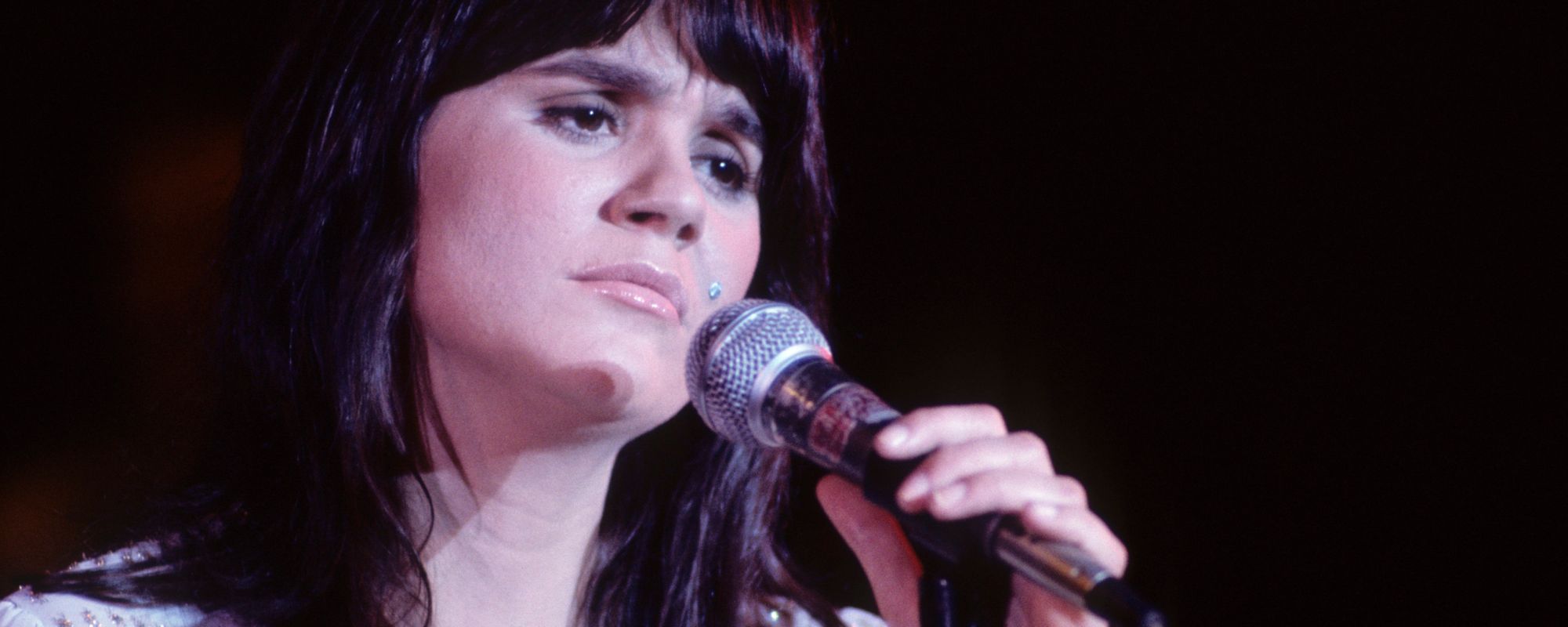
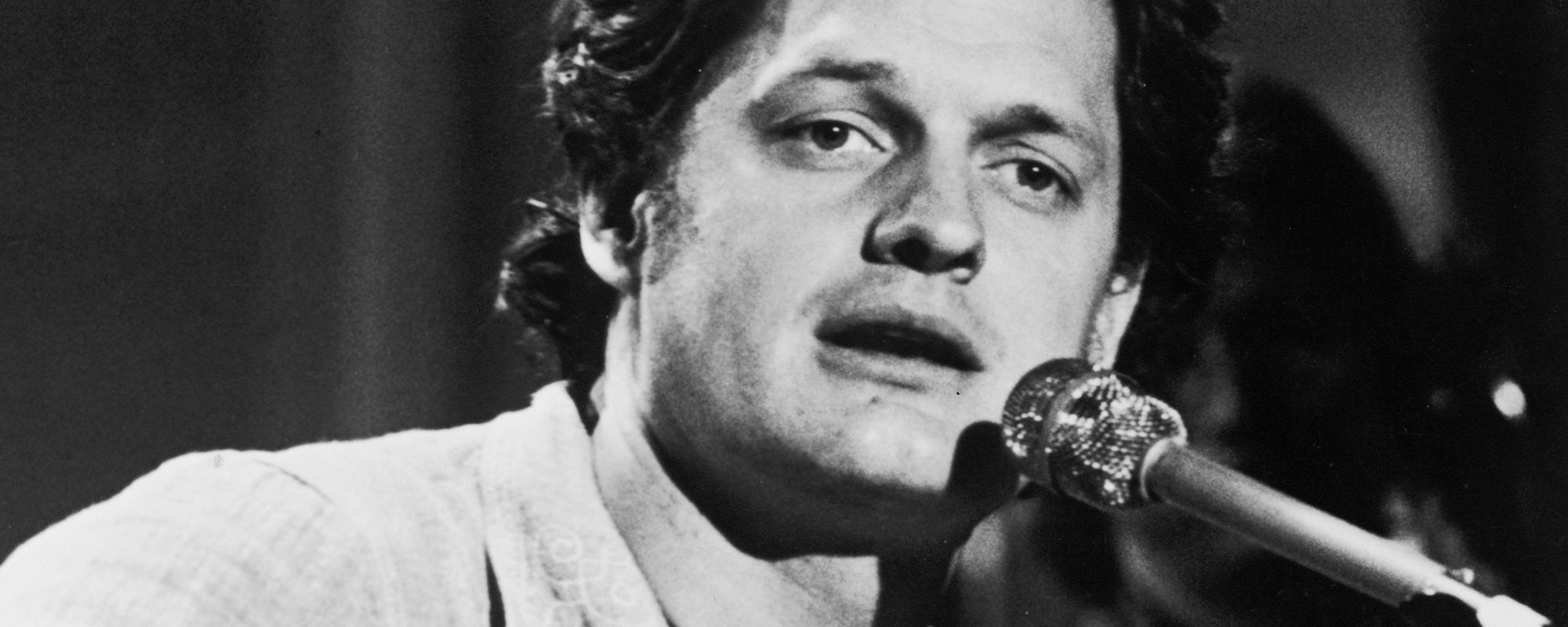
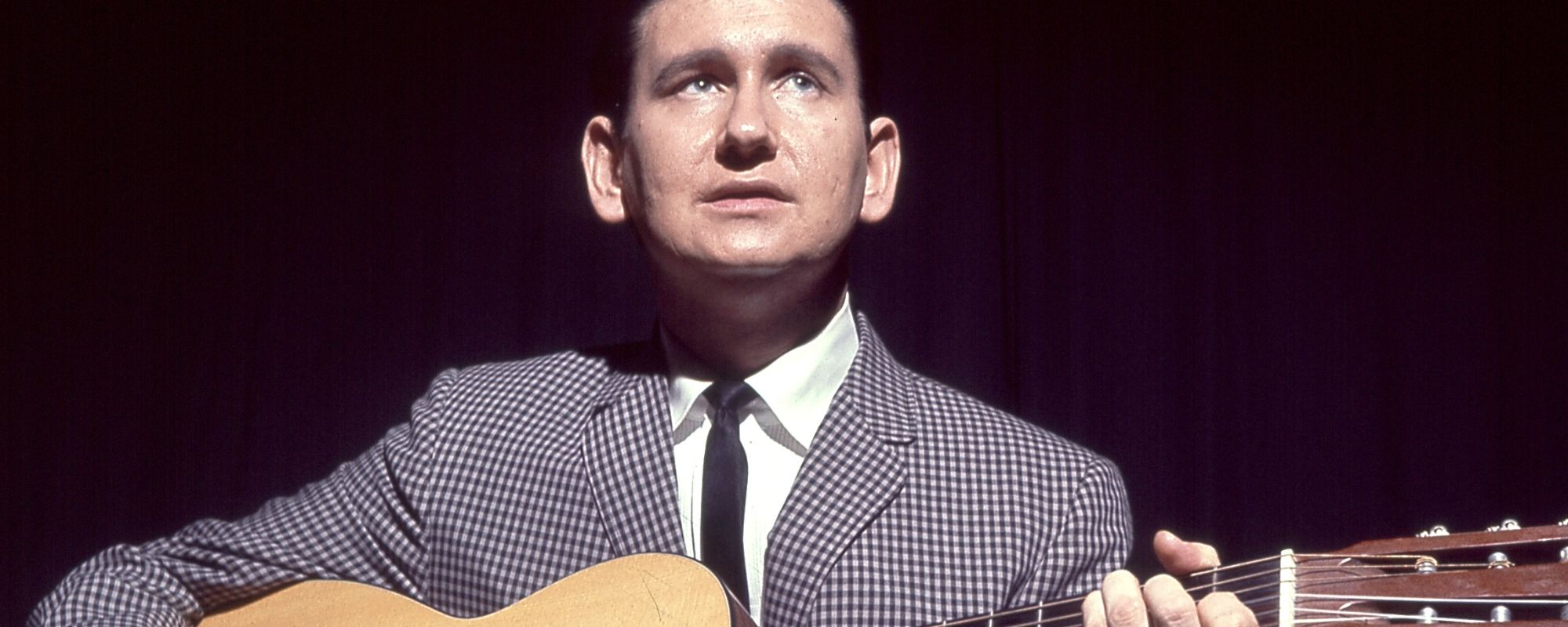


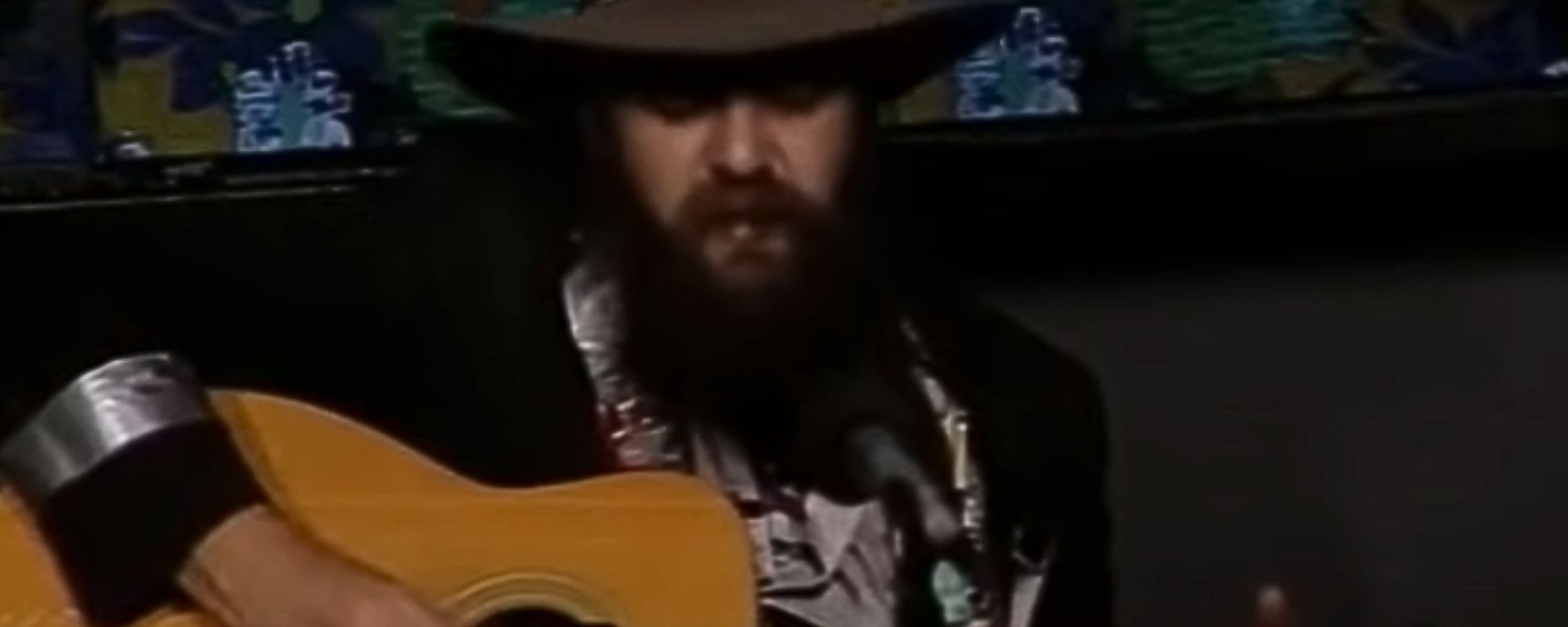
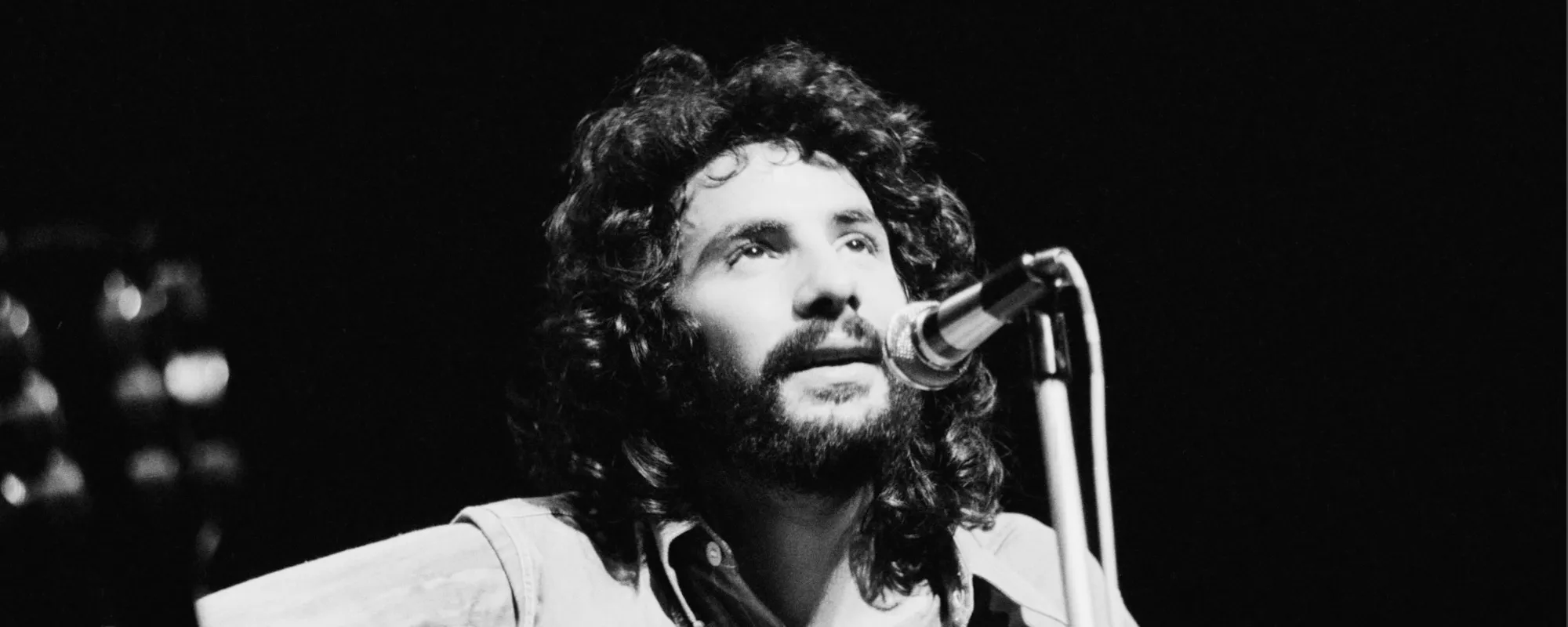
Leave a Reply
Only members can comment. Become a member. Already a member? Log in.